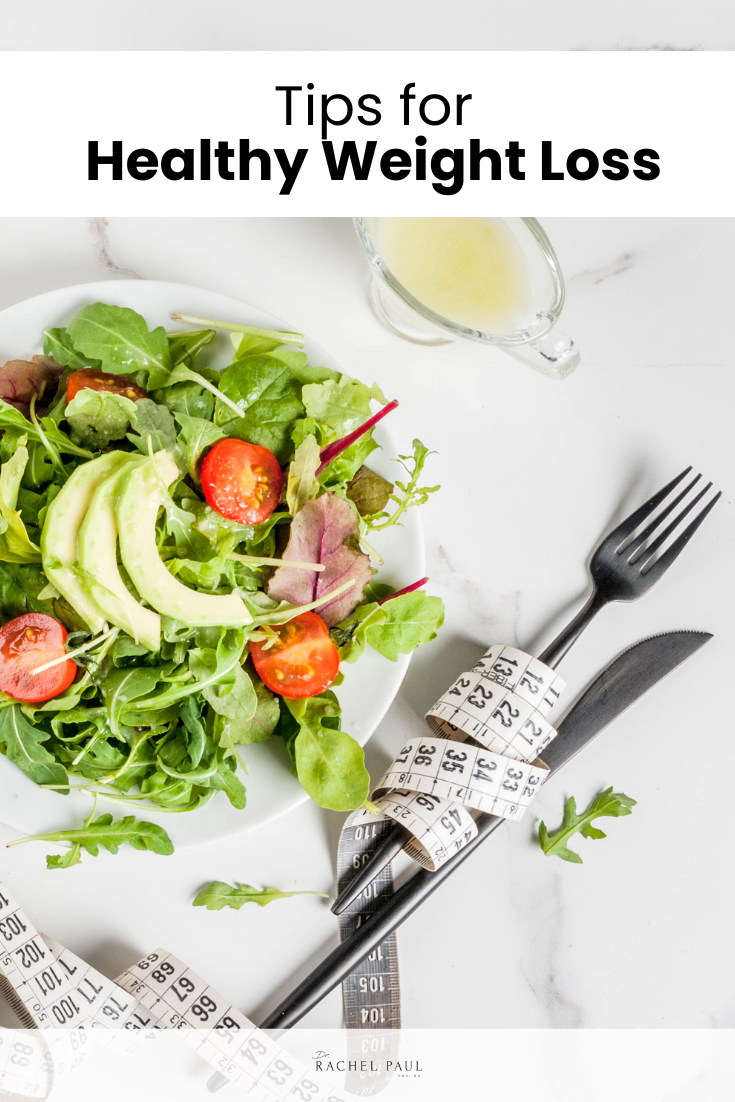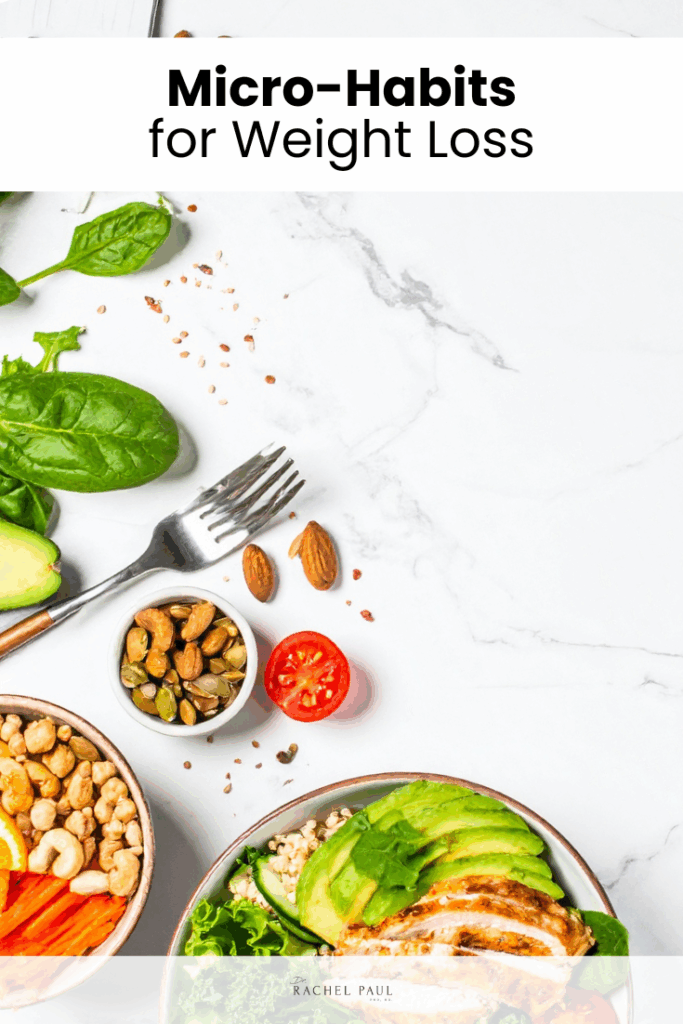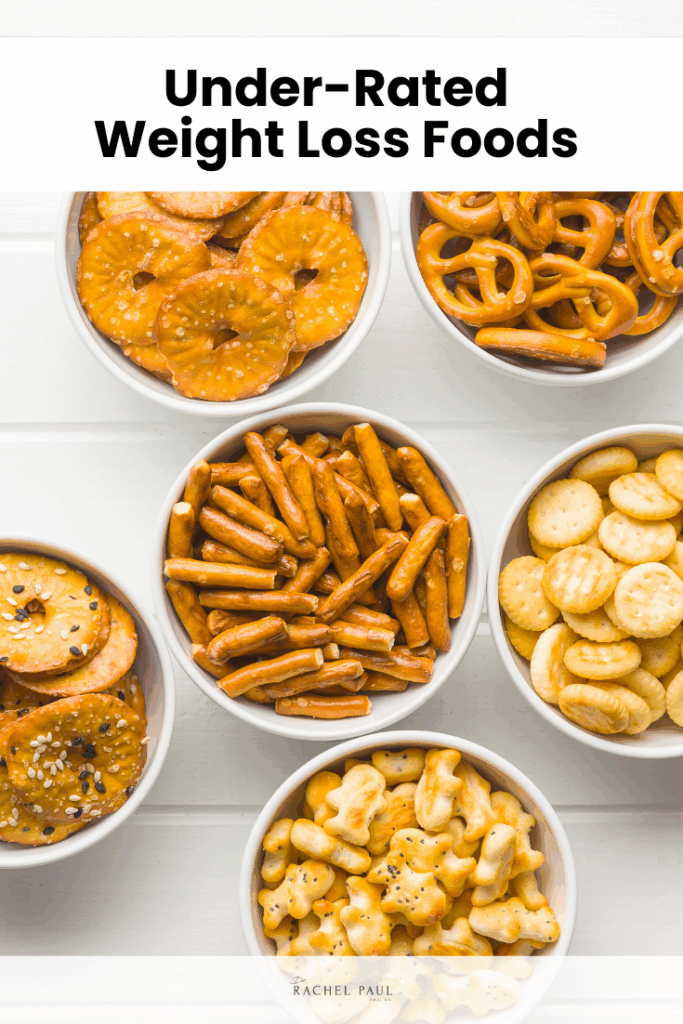Healthy weight loss doesn’t have to be overwhelming. You don’t need a 20-step meal plan, 2-hour workouts, or a spreadsheet to track every bite.
The truth is, sustainable weight loss comes down to a few simple habits, smart swaps, and knowing how to make things easier on yourself.
Whether you’re juggling a busy schedule, starting from scratch, or just want practical tips that actually work, this guide will help you build momentum without the stress.
These 10 bite-sized strategies focus on real food, portion awareness, and realistic habits that help you feel full, in control, and more confident in your day-to-day choices.
Simple tips for your healthy weight loss goals
1. Buy single servings
Foods like crackers, guac, or ice cream are easy to overeat, especially from large containers. Make life easier by buying single-serve packs.
- Almond flour crackers: 140 calories per pack
- Yogurt bars: ~100 calories each
- Mini chip bags: ~150 calories each
2. Don’t overly restrict calories
Too-low calorie goals often backfire by triggering binges later. Aim for a sustainable goal like losing ½ pound per week. Listen to your body – stop eating when you’re full.
3. Get vegetables that are already “ready”
Buy pre-washed, pre-cut vegetables to save time. Some great options:
- Baby carrots
- Mini bell peppers
- Riced cauliflower
- Mini cucumbers
4. Stock up on frozen veggies
Frozen vegetables last longer and are picked at peak ripeness. Try:
- Green beans
- Mediterranean veggie mix
- Riced cauliflower
5. Find lower sugar alternatives
Switch to products with less added sugar to curb cravings. Look for:
- BBQ sauce with <5g sugar
- Yogurt bars with 2g sugar
- SmartSweets or similar low-sugar treats
6. Order your Starbucks with 1 less pump of sugar
Cutting just one pump from your Starbucks drink still keeps it sweet, just with fewer empty calories.
7. Go for a 30 minute walk every day
Walking after meals supports blood sugar regulation, clears your head, and boosts your mood. No gym required.
8. Choose sleep over exercise (if you have to choose)
When you’re tired, it’s harder to make healthy choices. Sleep supports hormone balance and helps prevent overeating.
9. Use “Volume Eating” to your advantage
Some foods fill your stomach without adding many calories. Volume eating helps you feel satisfied while still losing weight.
Example: 500 calories of pasta fills much less space than 500 calories of veggies and protein.
10. Create a list of your “Go-To” easy meals
Pick 2–3 breakfasts, lunches, and dinners that are simple, tasty, and keep you full.
Examples:
- Chicken Cheesesteak Skillet – 417 calories
- Bacon, Brussels & Bleu – 447 calories
- Pizza Mac and Cheese – 549 calories
Want to learn more about sustainable weight loss? Grab my free beginner guide for realistic, satisfying weight loss: https://free.collegenutritionist.com/beginner


